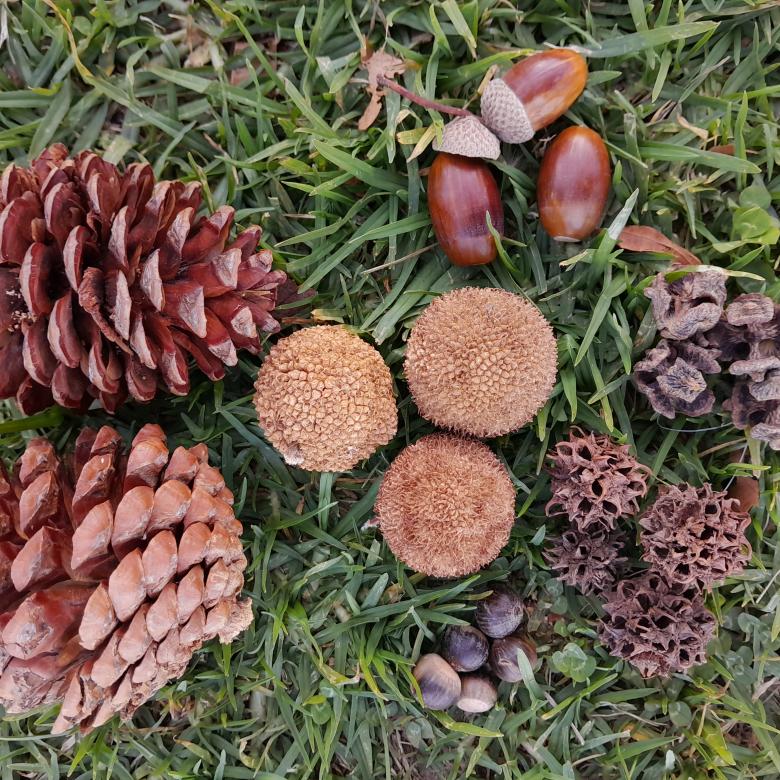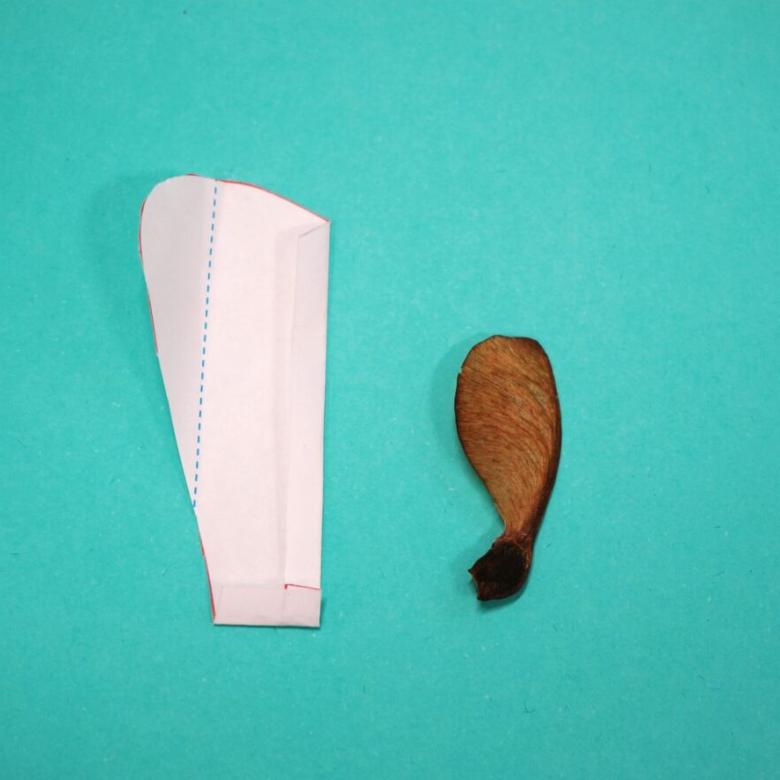You'll need
Lots of different kinds of toys.
What to do
- Collect some of your toys together.
- Look at your toys carefully and think about their different features, such as colour, shape, size, what material they are made of, do they have wheels or legs, do they make a noise or not; or are they hard or soft etc.
- Compare your toys and look for things that are the same about your toys. What colour, shape, or size are your toys? What are your different toys made of? What do they feel like? Do any of your toys make a noise? Are they hard or soft?
- Classify, and sort, your toys into groups depending on one similar feature. Start by grouping toys of the same colour or shape together, or sort the toys from the smallest toy to the largest toy. You may want to take a picture of how they are sorted to compare to later.
- After you have sorted them by one feature, try sorting them by a different feature. Sort them into groups depending on what they are made of; or if they have wheels or legs; or if they make a noise or not. Compare what is grouped together now to the first grouping from step 4.
- Keep looking for different similarities and think of lots of different groups that you can sort your toys into. You will discover there are many features you can use to classify your toys.
Questions to ask
- What other features could you use to classify your toys?
- What other types of things do we group together by their features?
- Why do we classify different types of things in different ways? Is the food in your cupboards organised by colour, or if it has legs?
- Are the plates, bowls, spoons and forks in your kitchen sorted and grouped together? Why do you think they are grouped that way?
What’s happening
Classification is the process of grouping things together based on their similarities. Scientists classify different objects and animals to help organise them and learn more about them. The scientistic study of how living things are classified is called taxonomy.
Did you know
In the 18th century, Carl Linnaeus published a system for classifying living things based on their physical appearance, what they looked like. That system developed into the modern classification system for animals that scientists use today, which goes from kingdoms down to species. However, the development of DNA sequencing has radically changed the way animals are classified and grouped together. DNA sequencing can reveal information about the relationship between animals that may not be obvious through observation.








